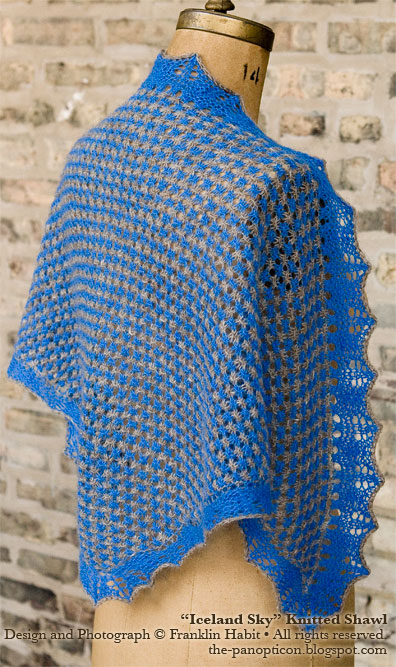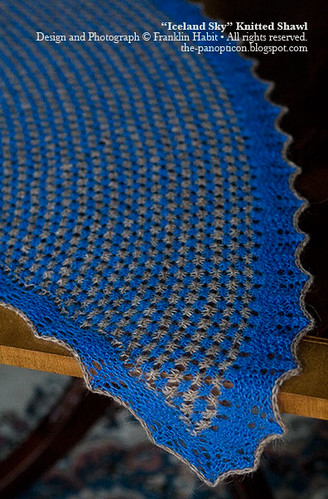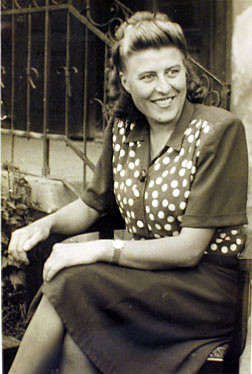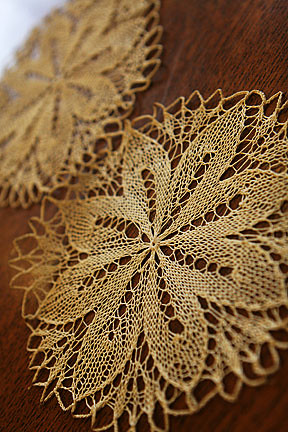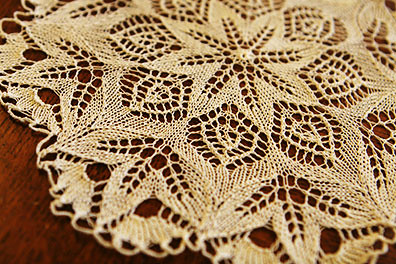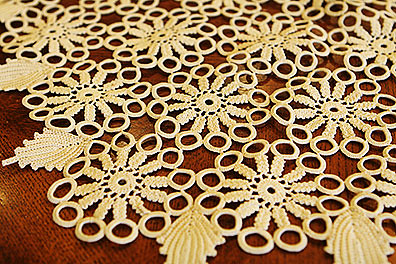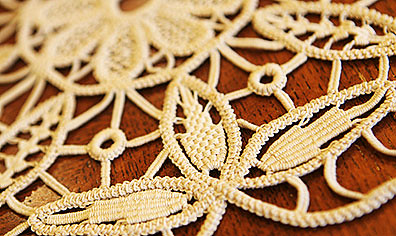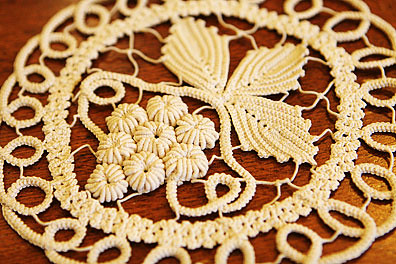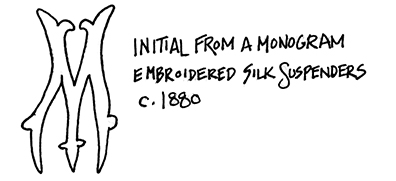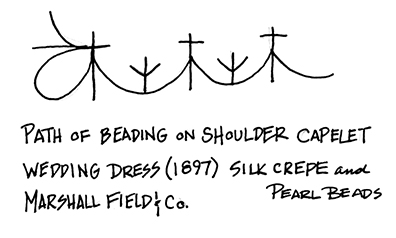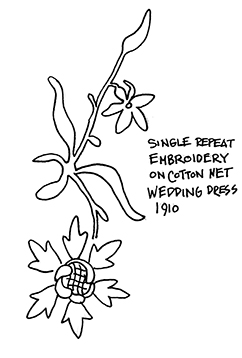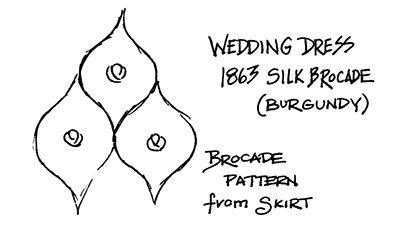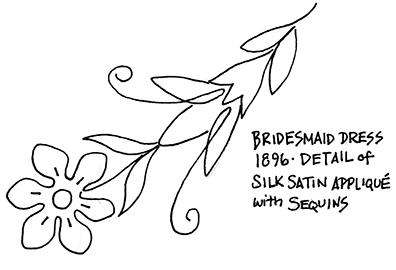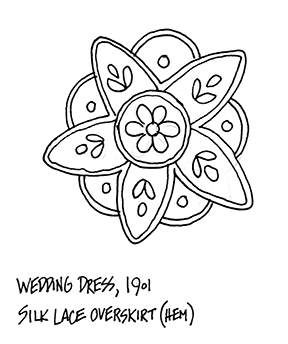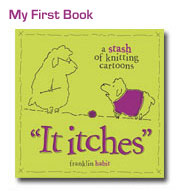With all due respect to Mr. Aesop and his one-note tortoise, I'm not entirely convinced that "slow and steady" always wins the race. I can report, however, that it will get you through a long stretch of lace knitting. That leafy nuppy number from
Nancy Bush's book
reached a turning point on Saturday when I finished row 3,246,782 of the center. As Nero said after he broke a fiddle string,
taa-daaaaaa.
Time for the edging. However, Tom and I had plans to go hear a little Rachmaninoff down at Millennium Park. And while the setting, the weather and the music were all gorgeous,

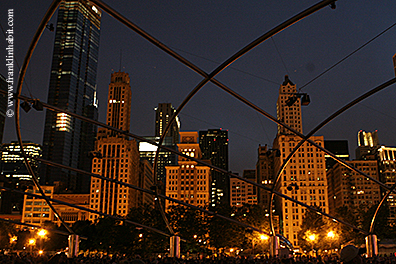
they were hardly conducive to the next step: evenly picking up about 800 stitches all the way around the panel. So I set it aside and–I can't believe it–sat through the entire concert without knitting. But my mind kept drifting to the task ahead.
The short ends were straightforward. One was already live stitches, the other was created with a provisional cast-on that could be easily removed to reveal live stitches. It was the long sides that would be a challenge.
Out of curiosity, I went over to Ravelry to see who else had made this shawl and how their edgings had come out. The results were telling. Among 20-odd finished examples, easily half had no edging, or kept it to the short ends. Nothing wrong with that, of course. One should knit what one wants to knit, however one wants to knit it. But me, I liked the look of the full edging and would simply have to buckle down and make it happen.
ScaryOccasionally we knitters will refer to a maneuver or technique as "scary." I know I've done so. At such a moment, it helps to step back for a fresh perspective. So I pulled out at a few photographs I made earlier this month of people in the park spinning fire.


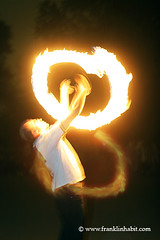
Yes, spinning fire. They quite deliberately set bits of things ablaze, and then whirl twirl and toss those things around their heads and limbs. For fun.
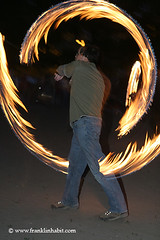

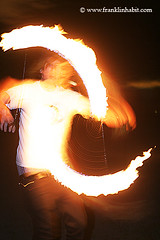
Upon reflection, I decided that picking up stitches evenly is not the scariest thing a hobby can throw at you.
On the other hand, getting to the end of the long edge for the third time in two hours and finding you're
supposed to have 274 stitches but you only have 236, or you've overshot to 286, could make a person consider setting himself and/or the project on fire.
Divide and ConquerI might be typing this from a bed in the Burn Unit if I hadn't remembered a sewing technique shown to me long ago by my seamstress grandmother. She didn't invent it, nor did I, and for all I know y'all already know it. But I don't recall seeing it online recently, so here's a little demonstration.
When you're faced with picking up stitches evenly along an edge, you may get lucky and find that the ratio is (for example) 1:1, meaning that for every slipped stitch or garter bump or whatever, you need to pick up one stitch. Easy.
Often, however, you will have a number of edge stitches or bumps that bears little or no relation to the number of stitches you need. Nancy Bush, bless her, gives a clue for this project:
about 3 stitches picked up for every two slipped stitches. Not all designers are so thoughtful, alas. Or it may happen that
you are the designer, and have nobody but yourself to rely on.
In such cases, break your lengthy edge into smaller segments. Here's how Grandma did it, and how I do it now.
1. Clear off a flat, level work surface large enough to comfortably support your project at full length. (Hint: not your lap.)
2. Procure an ample supply of coil-less safety pins, or stitch markers (shown) that open and close like safety pins. (The pins make fantastic markers, but can be tough to find.
Schoolhouse Press is a good source.)
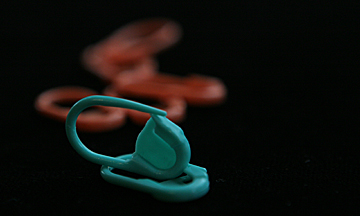
3. Lay your project on the table and smooth it out. Then, carefully lift one end and fold it, creating a single fold line halfway down the length of the edge you'll be marking. Place a marker at the fold line.

4. Pick up the folded edge and fold the project in half again, in the same direction. Your new fold marks the quarter points. You'll see that this time there are
two layers. Place a marker in each.
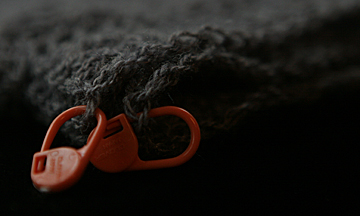
5. Continue to fold and mark in this way until you've divided the length into as many sections as you deem necessary. In the case of this shawl, I did one more fold so I'd have eight equal parts.
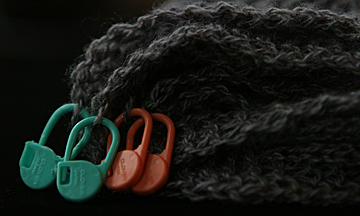
6. Unfold the piece to full length, smooth it out, and check your markers. They should be placed evenly along the edge. You can adjust them if you see great discrepancies, but I find that it's not necessary to be incredibly precise. Your eyeball should work as well in this instance as a ruler.
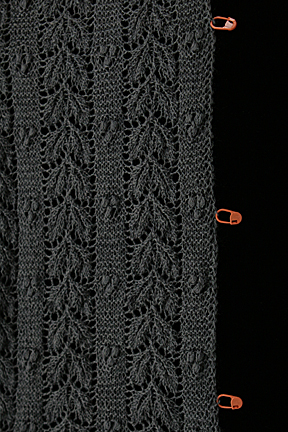
Now, instead of having to consider the whole edge at once, you can divide the number of stitches you need (in this case, 274) by the number of segments you marked off (in this case, eight).
I figured out that I needed 34 stitches in seven of my segments, and 35 in the eighth.
After that, it was easy to pick up according to Nancy's suggested ratio and check my progress every time I reached a marker. If I needed 34 stitches and had too few, I'd back up a bit and add more. If I'd picked up too eagerly, I'd back up and drop a few.
I kept track of the count for each segment on a sheet of paper, which allowed me to stop without hesitation and resume without error whenever I was interrupted by the telephone, or by Dolores falling off the sink and into the toilet. (Don't ask.)
When I was finished with the full circumference, I had exactly the proper number of stitches, and it was all done in under half an hour.
Thanks, Grandma–what do you know about spinning fire?








